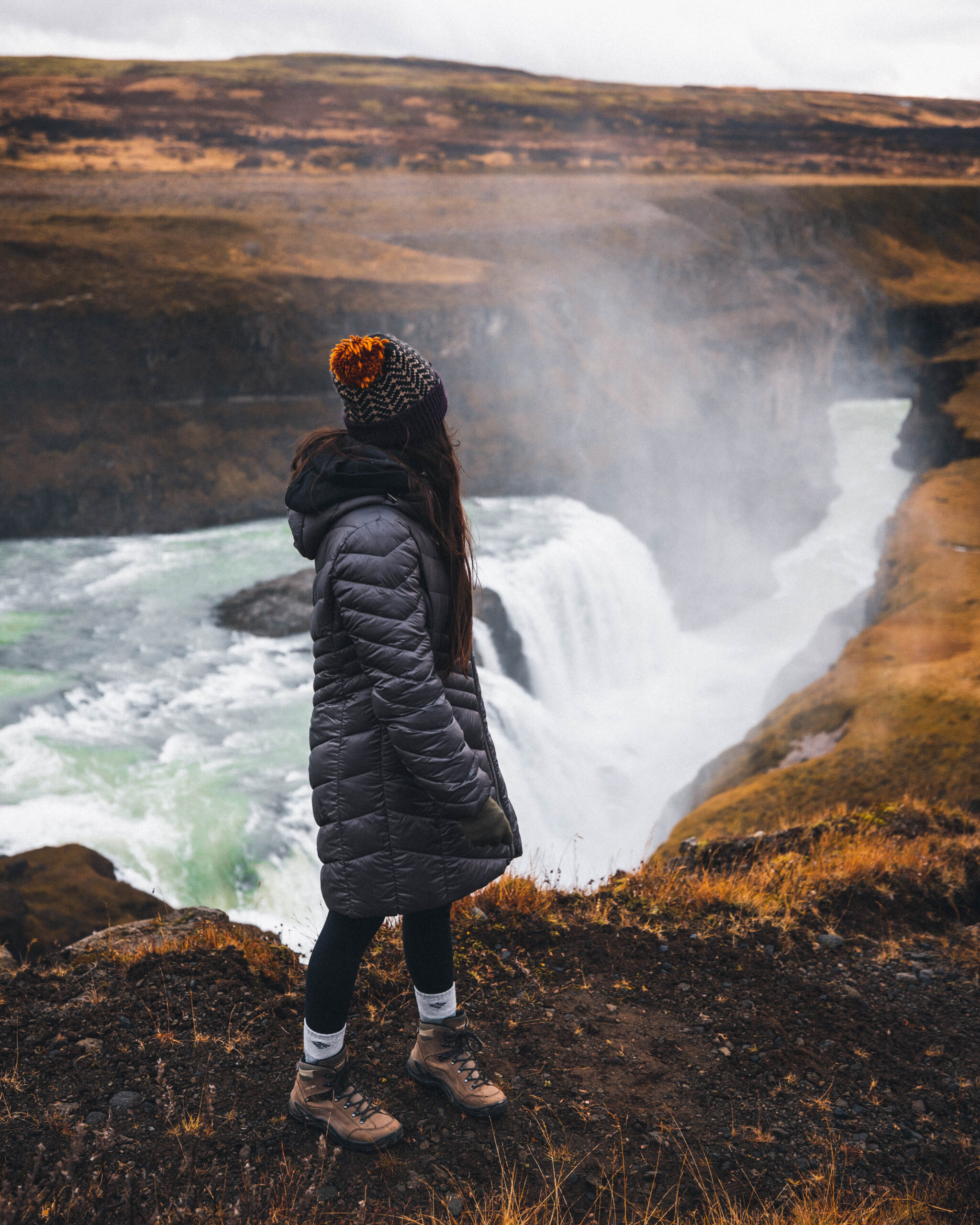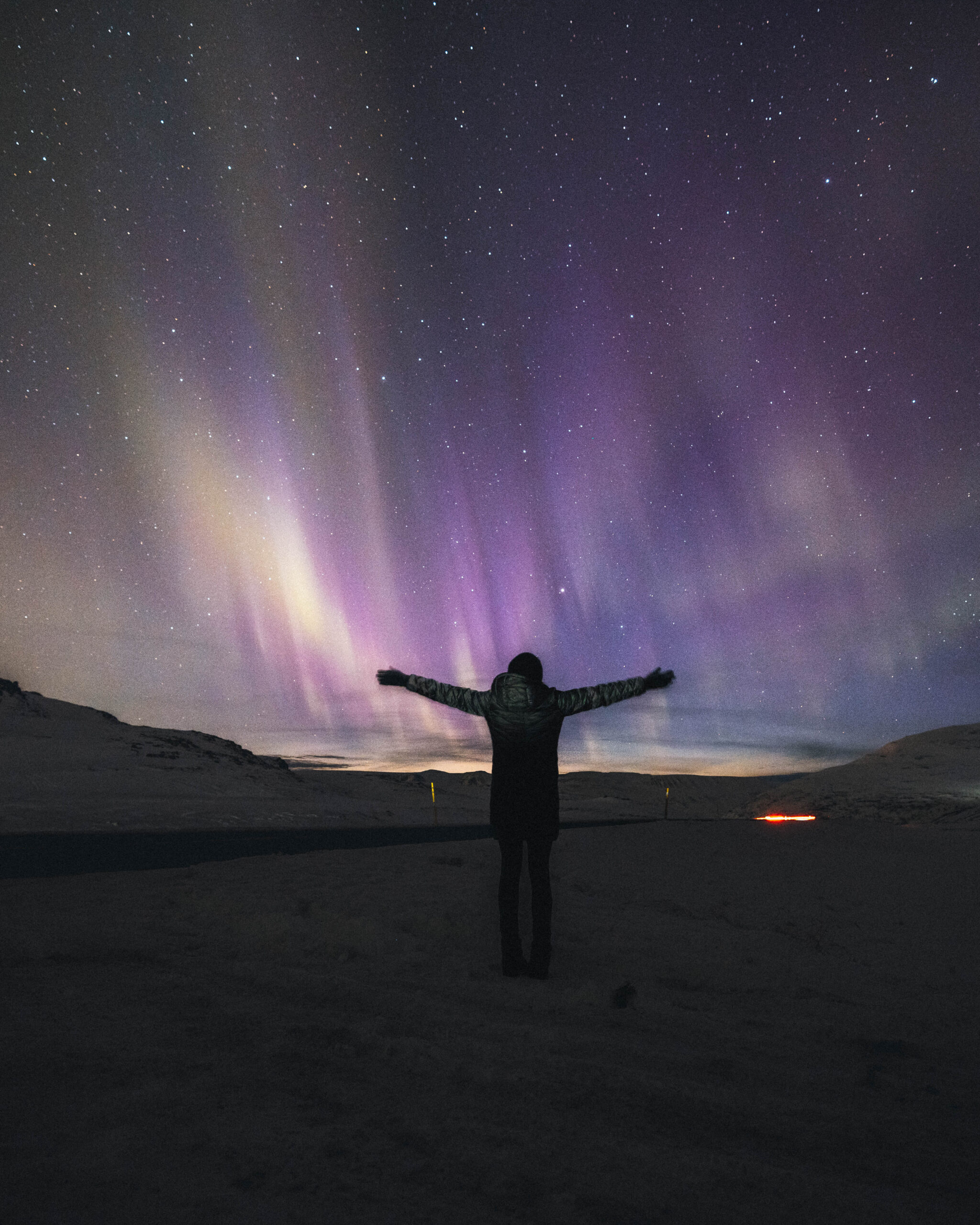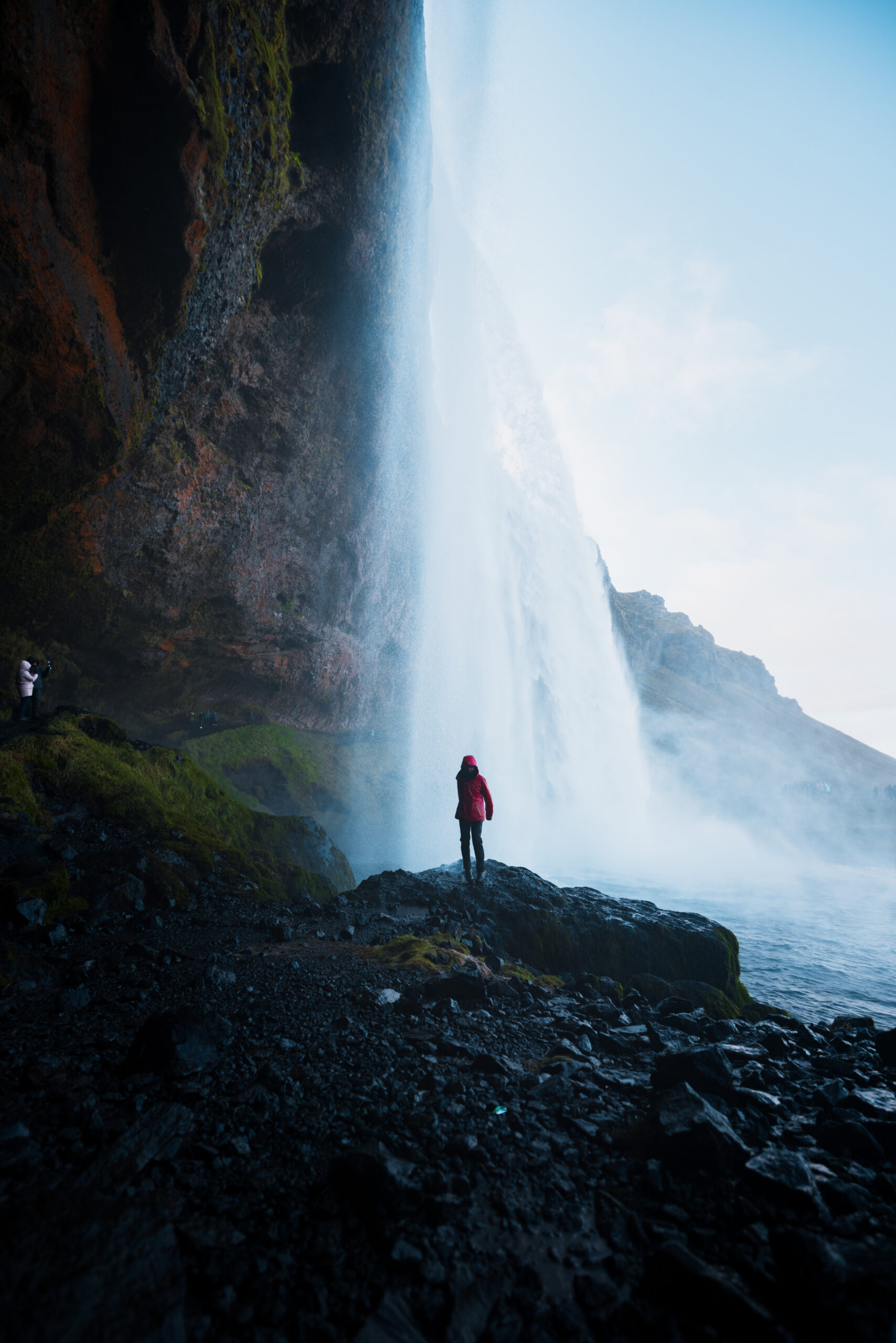Planning a trip to Iceland involves more than just choosing destinations; it’s about timing your visit to maximize the enchantment of this Nordic wonderland. In this guide, I’ll be sharing seasonal insights, helping you determine the best time to experience Iceland’s unique beauty. From the Northern Lights to the endless days of the midnight sun, you can explore the magical moments each season has to offer.
Table of Contents
- Summer (June to August)
- Spring (March to May) and Fall (September to November)
- Winter (December to February)
- Considerations for Timing Your Visit
Summer (June to August)
Endless Days and the Midnight Sun
During the summer months, Iceland experiences almost continuous daylight, with the phenomenon known as the midnight sun. This creates a surreal atmosphere where the landscapes are in a constant golden glow.
- Weather: Summer in Iceland brings mild temperatures, with daytime highs ranging from 10°C to 20°C (50°F to 68°F). While still cool, it’s the warmest time of the year.
Ideal for Outdoor Activities: Hiking, Biking, and Exploring
Summer is the prime time for outdoor enthusiasts. Hiking trails open up, and the pleasant weather allows for biking adventures. Explore the stunning Icelandic landscapes at their peak.
Peak Tourist Season: Crowds and Vibrancy
Expect more visitors during the summer months, especially in popular tourist areas like Reykjavik and the Golden Circle. Be prepared for larger crowds and higher accommodation prices. Booking in advance is crucial to secure your preferred stay.
Spring (March to May) and Fall (September to November)
Blooming Landscapes in Spring
Spring brings a bunch of life to Iceland, with blooming flowers and vibrant greenery. It’s a visually stunning time to witness nature’s renewal.
Vibrant Fall Colors in Autumn
As autumn arrives, Iceland transforms and is full of warm and rich colors. The fall foliage adds a breathtaking extra factor to the already picturesque landscapes.
- Weather: Spring and fall bring milder temperatures, ranging from 1°C to 15°C (34°F to 59°F). It’s a transitional period with changing landscapes.
A Balance for Outdoor Activities
Both seasons offer a balance between pleasant weather and fewer tourists. It’s an excellent time for hiking, exploring, and enjoying the scenic beauty without the peak-season crowds.
Fewer Crowds and Budget-Friendly
Both spring and fall offer a balance between pleasant weather, fewer tourists, and lower accommodation prices. It’s an excellent time for budget-conscious travelers seeking a quieter Icelandic experience.
Winter (December to February)
Northern Lights Phenomenon
Winter in Iceland is the season for chasing the Northern Lights. The long nights provide great opportunities to witness these colorful lights across the Arctic sky.
- Weather: Winter brings temperatures ranging from -1°C to 5°C (30°F to 41°F).
Winter Sports Paradise
For winter sports enthusiasts, Iceland offers excellent skiing and snowboarding opportunities. The snowy landscapes turn into a winter wonderland, perfect for those seeking a snowy adventure.
Small Crowds and Cozy Atmosphere
While winter sees fewer tourists, popular sites like the Blue Lagoon and Reykjavik may still have visitors. Embrace the cozy winter atmosphere with festive celebrations and cultural events. Experience Icelandic traditions and warm up in charming cafes and local gatherings.
Considerations for Timing Your Visit
Personal Preferences: What Are Your Interests?
Consider your interests when planning your trip. Whether it’s the vibrancy of summer, the tranquility of the shoulder seasons, or the enchantment of winter, align your visit with your preferences.
Budget Considerations: Peak vs. Off-Peak Seasons
Be mindful of your budget. Summer tends to be more expensive, while spring and fall offer a balance between affordability and favorable conditions. Winter can provide unique experiences at a more budget-friendly cost.
Weather Planning: Understanding Iceland’s Climate
Understand Iceland’s climate and how it aligns with your desired activities. Each season offers distinct weather patterns, so pack accordingly for the best experience.
Takeaways: Timing Your Icelandic Adventure
- Summer offers endless days, vibrant landscapes, and outdoor adventures.
- In the shoulder seasons you can find fewer crowds and budget-friendly options.
- Winter offers the Northern Lights, winter sports, cozy festivities, and a snowy paradise.
Ultimately, timing your visit to Iceland is a personal choice, shaped by your preferences and the experiences you seek. Whether you’re chasing the midnight sun, reveling in the fall colors, or chasing the Northern Lights, each season offers a unique charm and a range of experiences.














Leave a Reply